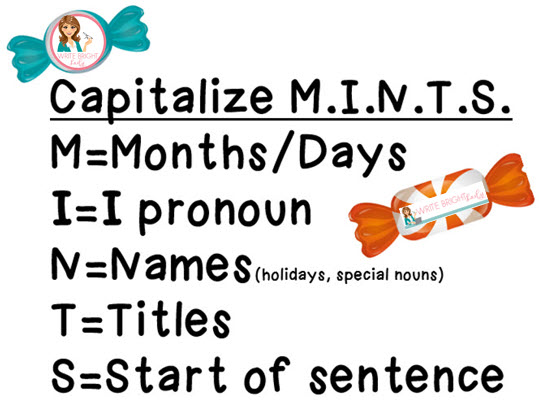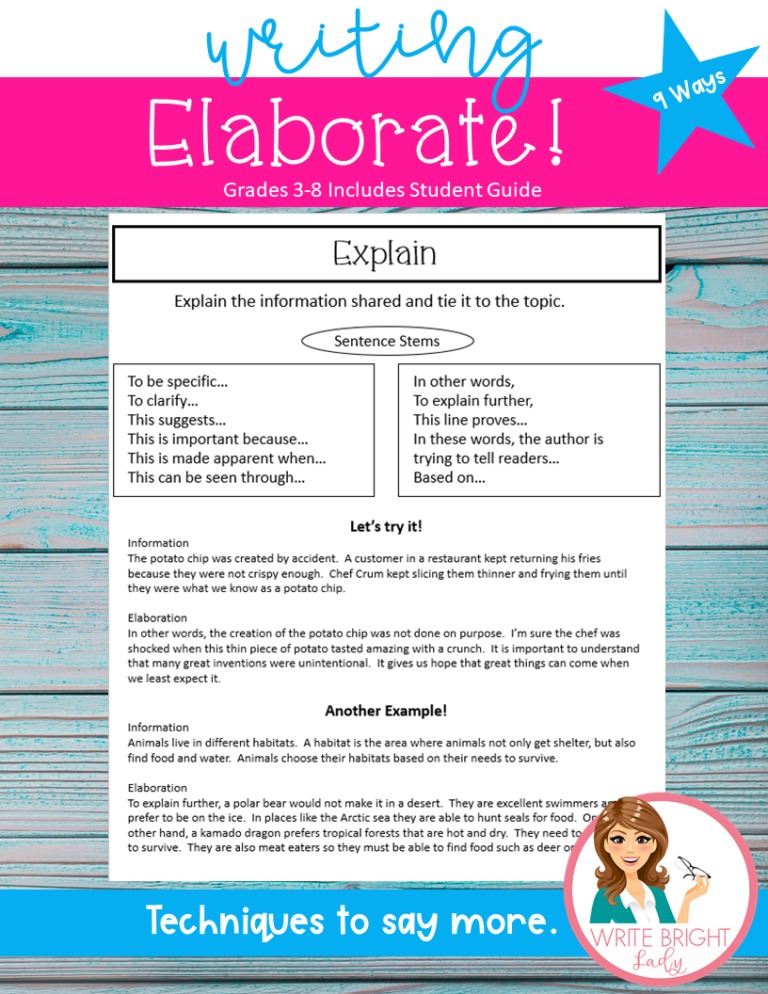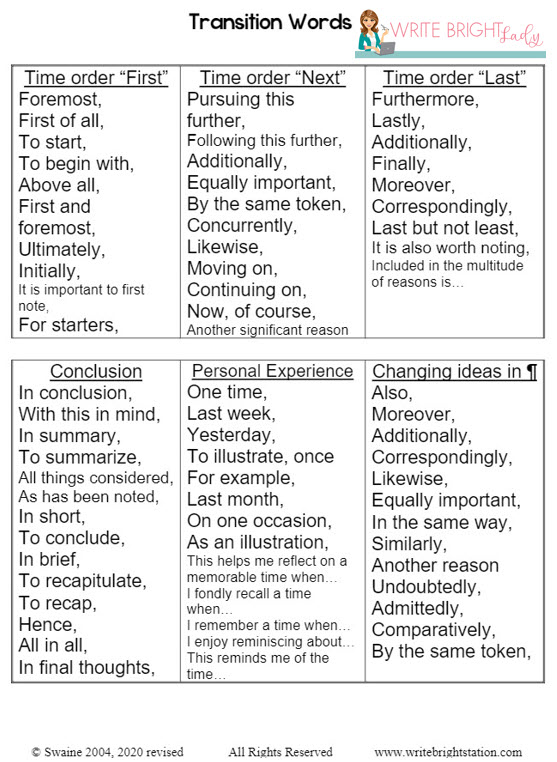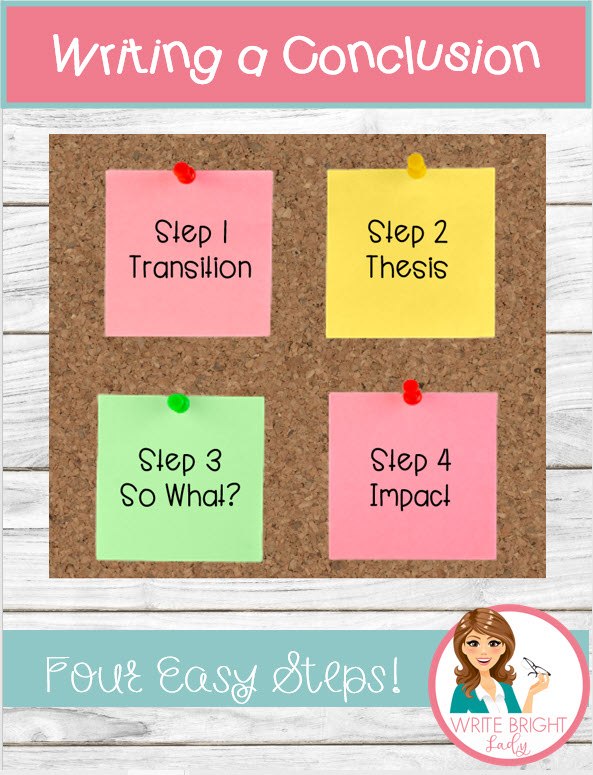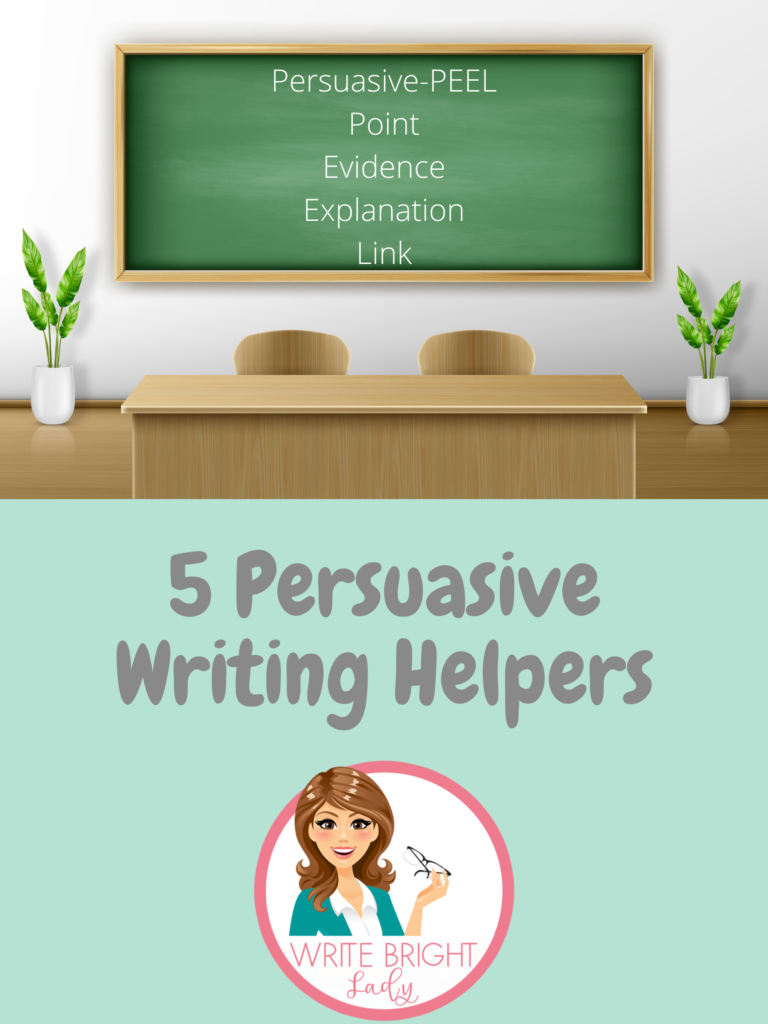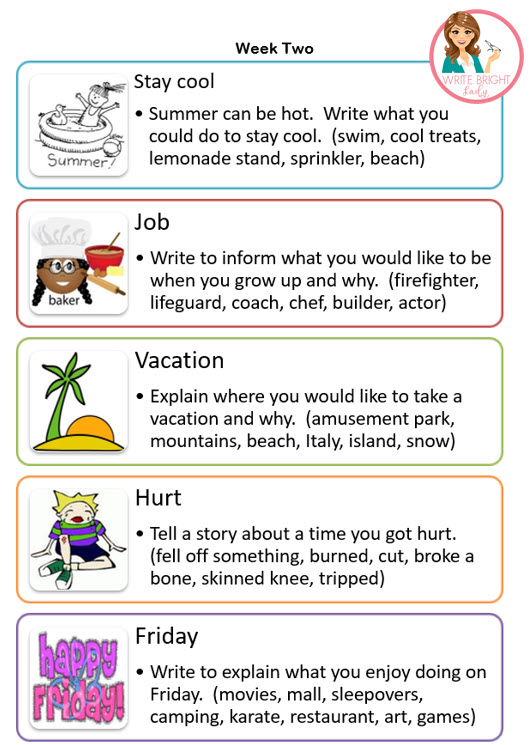How Teach Writing (minus the “to”)
The How Teach Writing in this post must have the “to” missing for SEO, so there’s that! Now that we’ve uncovered the Case of the Missing “to,” let’s dive into how teach writing. Yep, let’s just put the “to” back in to make us all happy. Let’s explore how to teach writing.
Like it or not, state writing tests are not going anywhere. It is our job to prepare students for this exam. The wonderful thing about this state writing assessment, is that teaching to the test benefits students for life! Students must be taught to write to make it through not only grade school, but also college. The skill of writing bleeds over into other subject areas as well. So where do teachers begin? With a framework of course.
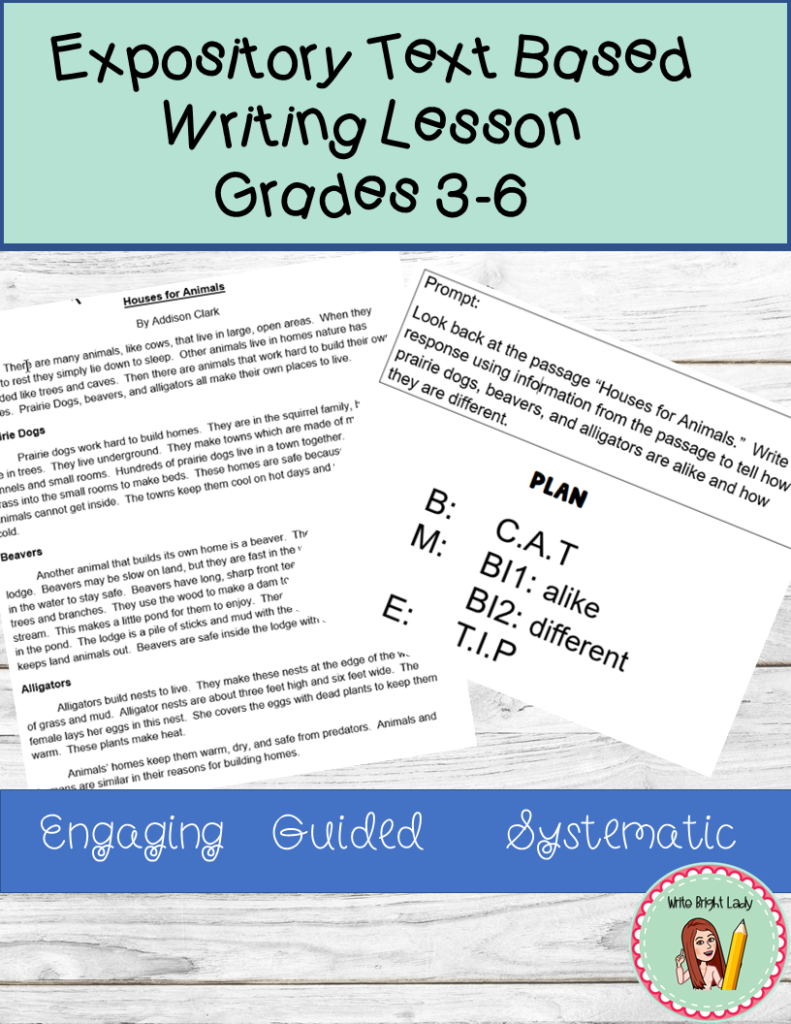
Structure is a good thing, or rather a great thing. Let’s get real. Many students and teachers dread writing time. It is tedious and requires a lot of brain power. However, when a framework is given that holds a student’s hand through the entire process, it takes the guesswork out of what to do next. Students often get frustrated over “I don’t know what to write.” Providing a formula prevents this, as using a provided framework shows them what to do next. This relieves the stress.

Make writing a priority
Teachers have different styles. Some like to take an entire ELA block, once a week to teach an essay start to finish, while others prefer to break an essay into parts spread out over an entire week. The choice is yours. Here is a tip: if you teach a grade level that is assessed by the state, don’t take every essay through the stages of writing. This will take forever. You will see greater growth with more frequent writings than taking the same essay through a long, drawn out, tedious stages of writing process.

Build stamina
My hand hurts! I’m tired of writing! Whine, whine, whine. Trust me, I have heard it all. How do we build stamina? By making them write often. The more they do it, the faster they will become especially once they learn the formula.
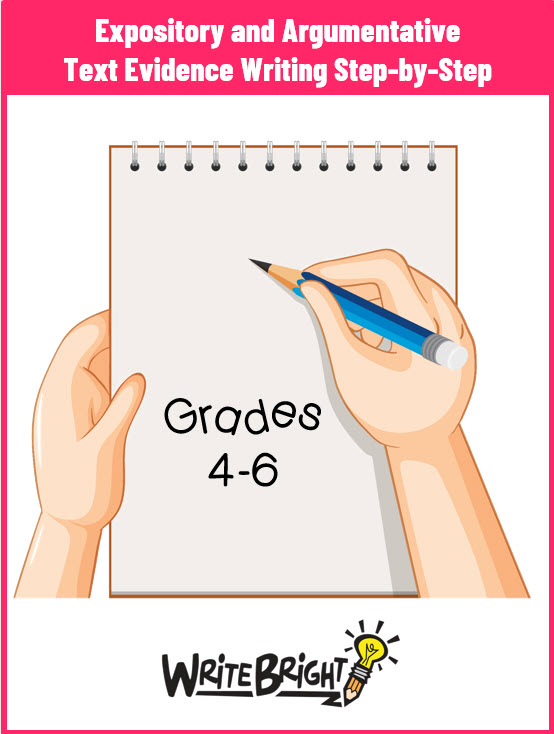
Formula
So, what is this framework, formula thing you speak of? There are many different options depending on the writing genre, whether students are using text evidence, and what style you like best. Here is one example and Write Bright offers one that is similar that you may like better. Write Bright also has videos that teach the writing lesson while the teacher facilitates, so there’s that option.
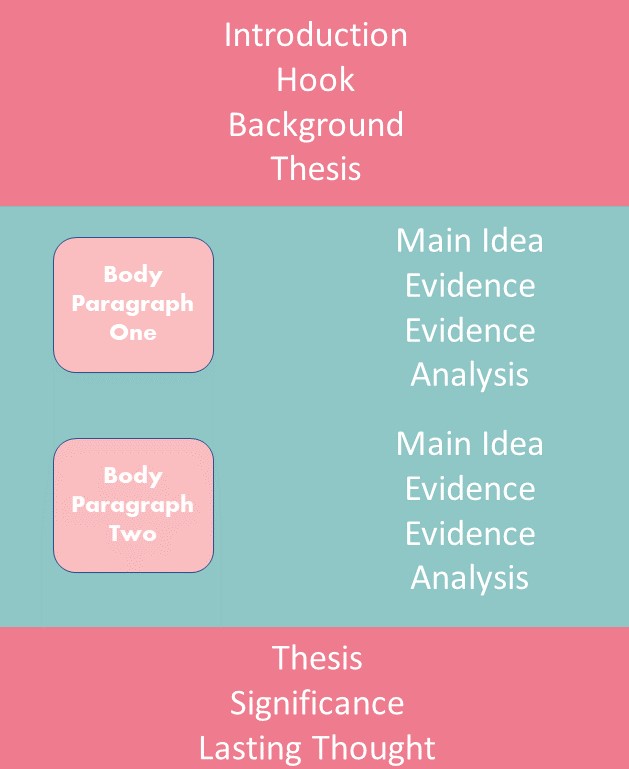
How to improve scores
This may seem odd, but focus on writing skills more than mechanics. Especially in the beginning when students need to internalize the formula. Work on using hooks that draw the reader in. Teach students to make strong claims. Show them how to use figurative language to make the word choice sound more interesting. These are the things that are important in the beginning. After a well-developed essay is achieved, then spend time fine tuning the mechanics. For now, focus on the content.
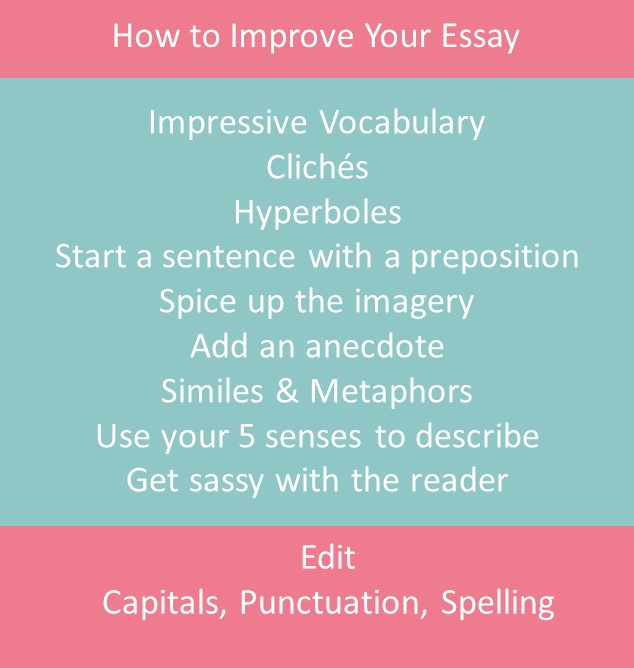
Genres
Explanatory-Expository-Informatinve-Persuasive-Argumentative-Opinion-Narrative Oh my! Where should you begin? Well, first understand that explanatory, expository, and informative are fancy words for one time of writing; the type of writing in which you explain or give information to the reader. Persuasive, argumentative, and opinion writing are all where you convince the reader to share your opinion. Finally, narrative is telling a story. Pick one and stay with it at least 6 weeks before moving to a new genre. I usually start with expository. It takes time to practice and learn the formula. If you constantly jump around between the genres students will not have adequate time and practice needed to internalize the methods. If you really want your students to become better writers and improve their test scores, don’t move to a new genre until students master the one they are working on.
Let’s take the stress out of testing and watch scores soar!

